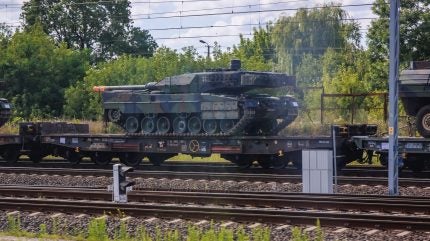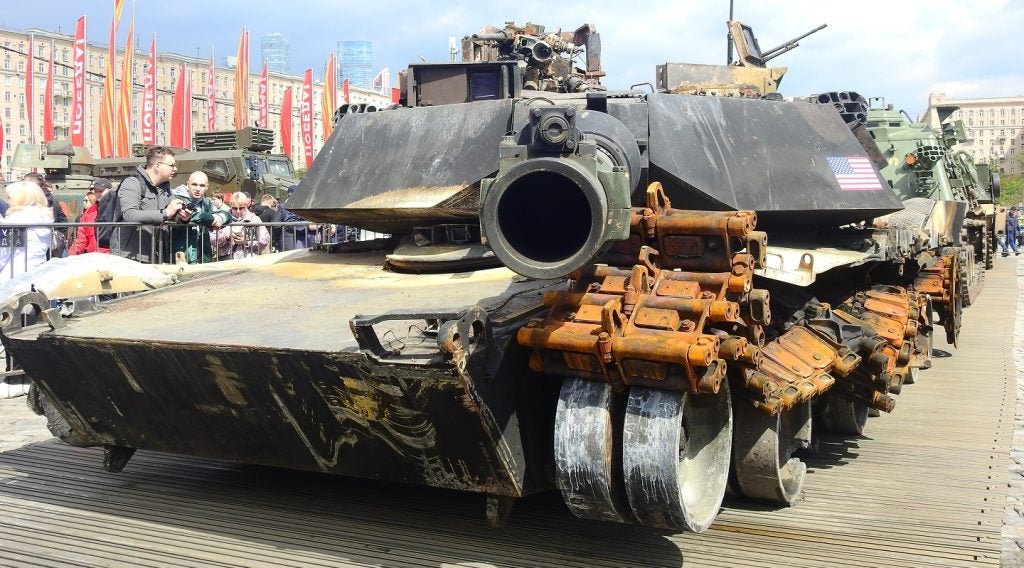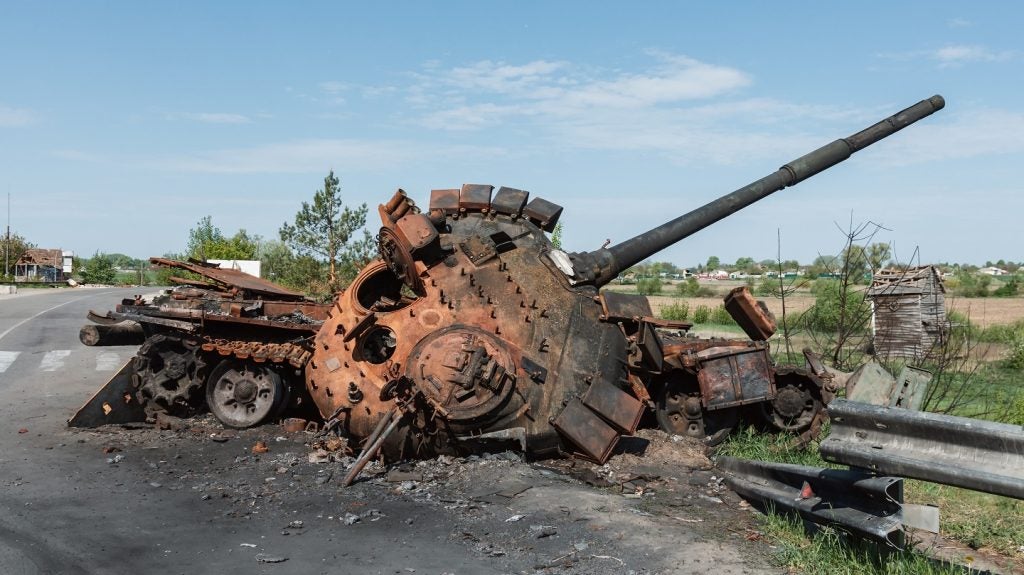
More than any other land platform, main battle tanks (MBTs) best capture the public attention on the battlefield, despite the increasing threats created by loitering munitions and low-tech one-way attack drones, with Ukraine the beneficiary of hundreds of examples from European and US inventories.
Since Russia’s large-scale invasion in February 2022, Western and Nato allies have sought to provide Ukrainian forces with an ever-increasing range of military platforms, equipment, and ammunition, in a bid to prevent the overthrow of the government of Ukraine’s President Volodymyr Zelensky.
While at first this saw the provision of solider operated anti-tank and anti-air missile systems, in time the size and capability of donated equipment escalated, reaching the MBT tipping point in early-2023 when the UK committed 14 Challenger 2 tanks. The donation likely represented nearly 10% of the Challenger 2 MBTs available to the British Army at the time.
Since then, Ukraine’s military has modernised through the provision of a huge range of MBTs, from older ex-Soviet design Russian vehicles still operational in old eastern bloc countries, to modern Western behemoths such as the US Army’s M1A1 Abrams, the UK’s Challenger 2, or the European Leopard 2.
Methodology: calculating Western tank provision to Ukraine
The scale of military assistance being provided to Ukraine by Nato allies and sympathetic nations as Kyiv continues its fight against Russia can be difficult to gauge, as countries continue to pledge and provide systems, including heavy armour.
By researching available open-source information (OSINT) as well as insight from within GlobalData’s defence desk, Army Technology has been able to determine a range of tanks provided or pledged to Ukraine.
Where possible, data has been derived from existing articles written by GlobalData’s defence desk. In areas where this has not been possible, information from the Kiel Institute for World Economy has been utilised, as well as official government sources from the US, UK, and continental European countries.
The data: Ukraine the recipient of Western armour
The topline figure indicates that Western Nato members and other allies of Ukraine have provided, pledged, or have on order between 682 to 819 MBTs, ranging from older 105mm-armed Leopard 1 variants and T-72s, to modern Challenger 2 and relatively new M1A1 Abrams.
The lower number donates platforms provided, with the upper number includes those platforms pledged or on order and not yet delivered.
Calculating the losses of Western-origin MBTs operated by Ukraine is difficult to determine, with both sides likely exaggerating their respective successes. However, OSINT figures compiled by Ukraine war tracker site Oryx gives an indication as the potential attrition rate of donated equipment, including: 95 T-72s, eight PT-91, ten M1A1 Abrams, one Challenger 2, and at least 30 Leopard 2s of ranging variants.

Russia has sought to capitalise on Western supplied tanks that it has managed to capture or destroy during combat in Ukraine, with semi-permanent static displays in Moscow showcasing it successes. Include in this are main battle tanks and armoured vehicles.
Russia’s never-ending tank supply
According to GlobalData, Russia’s land inventory prior to its invasion of Ukraine indicated a potential fleet of 16,970 tanks, comprised of 550 1990s era T-90s, 3,450 T-80s and 8,950 T-72s from the 1970s, with a further 2,000 T-64s and 2,400 T-62s, originating from the 1960s. Of the new T-14 Armata MBTs, Russia was thought to hold around 20 in its order of battle.
Earlier GlobalData research conducted in December 2022 calculated that Russia’s equipment loss in the first ten months of the war in Ukraine had cost Moscow more materiel than was seen in both Chechen wars combined.
However, in January this year it was reported by Army Technology that despite an increase in Russian MBT and other armoured combat vehicles (ACV) losses in Ukraine, Moscow’s ramping up of its industrial capacity means that it could maintain its current level of offensive activity for the foreseeable future.
In a 29 January 2024 post on the social media platform X, UK Defence Intelligence stated that since early October 2023 Russian ground forces had been on the offensive in eastern Ukraine. During this period, Russian losses have increased with its forces likely losing up to 365 MBTs and 700 ACVs, achieving “minor” territorial gains.

Russia is able to produce or repair at least 100 MBTs per month according to the UK’s Defence Intelligence, a rate of attrition that it acceptable based on the ability of Russian industry to bring damaged platforms back into service, produce new tanks, or else mobilise stored/reserve stock.
In addition, UK Defence Intelligence stated that from 24 February 2022 to 25 January 2024, Russian ground forces likely lost around 2,600 MBTs in Ukraine. Russia losses of combat vehicles in 2023 was around 40% fewer than in 2022.
In mid-November 2023, the UK MoD estimated that Russia’s invasion of Ukraine had cost Moscow more than 2,400 main battle tanks (MBTs) – equivalent to around 15% of its pre-war inventory – at the time.







